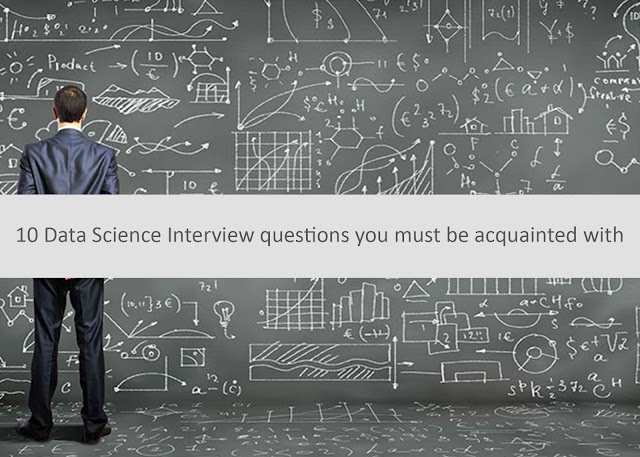Getting Started with AWS IoT (Internet of Things)
Introducing AWS IoT
AWS IoT is a managed cloud platform that lets connected devices easily and securely interact with cloud applications and other devices. AWS IoT can support billions of devices and trillions of messages, and can process and route those messages to AWS endpoints and to other devices reliably and securely. With AWS IoT, your applications can keep track of and communicate with all your devices, all the time, even when they aren’t connected.
AWS IoT makes it easy to use AWS services like AWS Lambda, Amazon Kinesis, Amazon S3, Amazon Machine Learning, Amazon DynamoDB, Amazon CloudWatch, AWS CloudTrail etc to build IoT applications that gather, process, analyze and act on data generated by connected devices, without having to manage any infrastructure.
Offerings under AWS IoT
AWS IoT provides a managed, multitenant service that enables communication between IoT devices, applications, and the backend. By virtue of being a managed service, IoT platform eases out several deployment and infrastructure monitoring issues.
Connectivity between devices and the AWS cloud. First, with AWS IoT you can communicate with connected devices securely, with low latency and with low overhead. The communication can scale to as many devices as you want.
Processing data sent from connected devices. Secondly, with AWS IoT you can continuously ingest, filter, transform, and route the data streamed from connected devices. You can take actions based on the data and route it for further processing and analytics.
Application interaction with connected devices. Finally, the AWS IoT service accelerates IoT application development. It serves as an easy to use interface for applications running in the cloud and on mobile devices to access data sent from connected devices, and send data and commands back to the devices.
How does AWS IoT function ?
Not only does connected devices connect to AWS IoT over over HTTPS, WebSockets, or secure MQTT, but the included Device Gateway allows secure, low-latency, low-overhead, bi-directional communication between connected devices and your cloud and mobile applications.
There is also a Device Registry where you can register and keep track of devices connected to AWS IoT, or devices that may connect in the future. Device Shadows in the AWS IoT service enable cloud and mobile applications to query data sent from devices and send commands to devices, using a simple REST API, while letting AWS IoT handle the underlying communication with the devices.
The Rules Engine enables continuous processing of data sent by connected devices. You can configure rules to filter and transform the data. You also configure rules to route the data to other AWS services such as DynamoDB, Kinesis, Lambda etc.
To simplify the development of code running on connected devices, AWS IoT provides open-source device SDKs for C, Node.js, and the Arduino Yún platform. AWS IoT has also partnered with hardware manufacturers to make the AWS IoT Device SDKs available on several IoT, embedded OS, and micro-controller platforms.
You can use AWS IoT regardless of your geographic location, as long as you have access to one of the above AWS regions.


Comments
Post a Comment